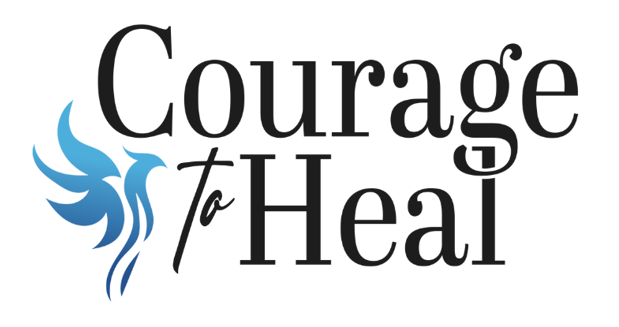3 Natural Strategies for Managing Bipolar Mania
Bipolar is notoriously hard to manage, even when medication and therapy are already being used. Are there any natural ways to help with the struggle? Glad you asked because the answer is “Yes!”
The strategies below are directed at manic and hypomanic symptoms. A lot is already written about depression management with non-medication means, like vitamin D and exercise. But what about mania?
Mania can be very damaging to a person’s life. Even though hypomania is less severe, it still messes with stability. By far the biggest feature in both is a lack of sleep. Not sleeping really messes with the circadian rhythm, and this dysfunction is at the core of bipolar disorder.
Targeting this problem can be really helpful in reducing (hypo)mania. Getting adequate rest will not only help with the current episode, but it can also reduce the risk of future cycling.
Let me make this clear – these strategies will not magically fix everything, but they can help reduce symptoms when used alone or along with medication prescribed by your doctor. You already know this, but… always consult with your doctor before implementing anything new, and never stop taking your medication without professional supervision.
Blue-Light Glasses
As I mentioned, manic episodes are notorious for making people stay up until the early morning hours. The more you stay up, the more light you are exposed to. This is especially true because we tend to use devices with screens while we stay awake. This only feeds the cycle of insomnia by reducing the melatonin naturally produced by our bodies.
We have know since the 90s that putting manic patients into completely dark rooms improved their symptoms. But who can realistically force themselves to lie in a dark room for hours while their minds are racing, and their bodies are agitated?
Enter blue-light blocking glasses. Wearing them at night when you are not sleeping can be just as helpful in managing manic episodes as resting in complete darkness. Several studies have confirmed the effectiveness of blue-blocking glasses against insomnia, and for manic symptoms specifically.
How to Do It:
You should wear the glasses from 6pm until 8am, taking them off only when you actually fall asleep. The glasses should resemble safety goggles for maximum coverage. You want to eliminate as much light as possible from entering the eyes. It can also be helpful to dim overall light and put your devices on night-mode that minimizes amber light, if possible. I like these glasses, which provide good coverage and are relatively inexpensive.
Hot Baths and Cold Rooms
This strategy again has to do with insomnia. You can increase your chances of falling asleep by taking a hot bath before bed and keeping your room cool during the night.
Increasing core temperature seems to help us get sleepy as well as increase our quality of sleep. Taking a hot bath or shower can reduce the time it takes to fall asleep by up to 36%. You don’t want to do it immediately before bed – your body needs time to cool off before sleepiness sets in.
Our core temperatures naturally start to drop a couple of hours before bedtime. Sleeping in a colder room helps us produce melatonin, which is a natural agent for becoming and staying asleep. Therefore, you want to start off your bedtime routine by getting hot and then finish off by getting cool.
How to Do It:
The temperature of your bath or shower should be 104 to 109 degrees Fahrenheit, and you should take it for at least 10 minutes one to two hours before desired bedtime. Room temperature should be 60 to 67 degrees Fahrenheit or as close to it as possible without going above 70 degrees. Always be careful when taking hot baths and never mix taking a bath with using mind-altering substances.
Probiotics
This one is really interesting. More and more research is starting to link our gut health with our mental health. This is thought to be related to reducing inflammation.
Inflammation is your body’s natural response to infection and injury. White blood cells attack invaders to keep us safe, which sounds like a great thing. And it is, unless it becomes chronic. Then, your body’s response actually becomes detrimental.
The role of inflammation is psychiatric conditions has been noted as significant in several studies. In bipolar, levels of inflammation increase during episodes.
Enter probiotics. In one study, hospitalized participants with mania were assigned to groups taking either a placebo or a probiotic. In the first group, 73% of people ended up in the hospital again. In the second, that number was only 24%. This treatment seemed more effective for people who had higher levels of inflammation.
How to Do It:
In the study, two specific strains on probiotics were used: Lactobacillus rhamnosus strain GG and Bifidobacterium animalis lactis strain Bb12. You can use a supplement like this one to get both, but it is also possible to receive these probiotics through yogurt, kefir, and fermented foods like kimchi, sauerkraut, tempeh, and miso.
***
And there you have it - some help for you in managing mania along with medication and therapy. So, draw yourself a hot bath, put on those blue-light glasses, and dip into some yogurt. Your body and mind will thank you! Just a reminder, this article is not medical advice - please chat with your doctor about using these strategies first.
Want More Content Like This?




